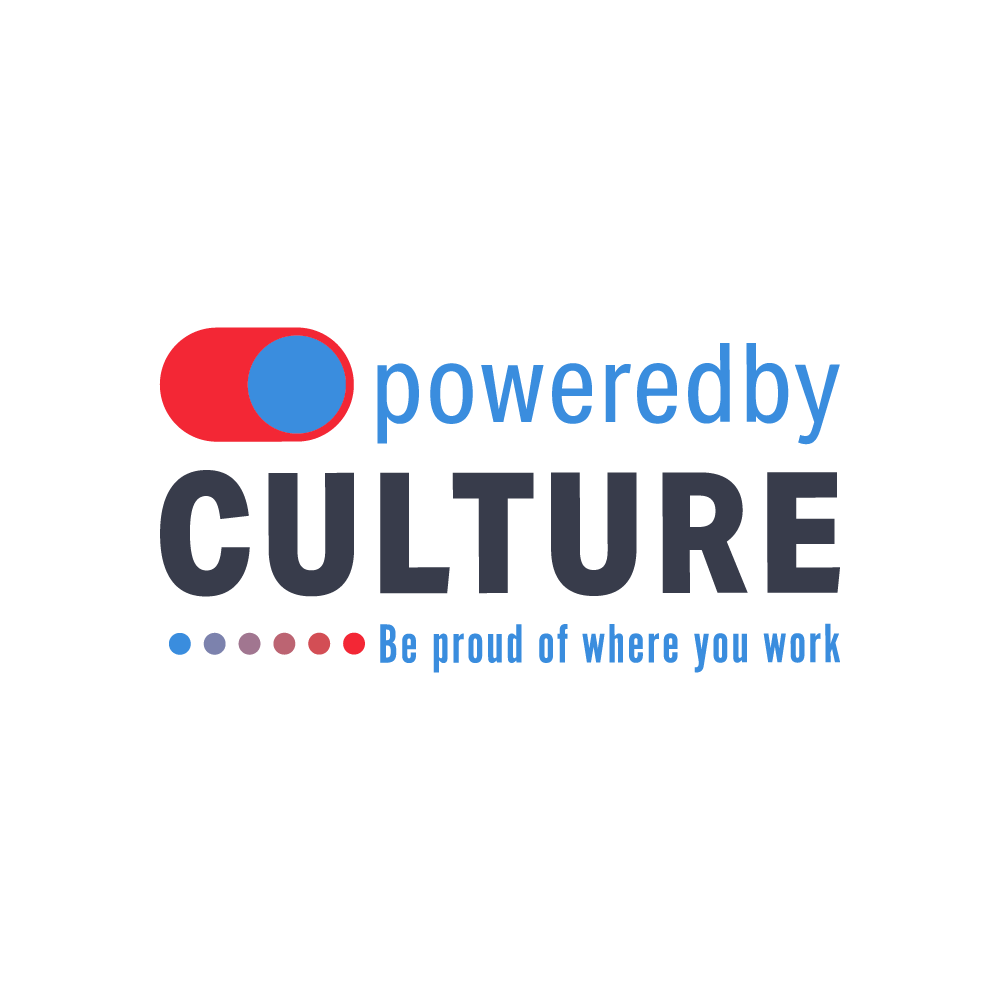
Allow me to ask you a seemingly simple question: Would you spend the extra money to buy a color copier and only use black and white prints?
Of course, you wouldn’t. It doesn’t make sense. It’s a poor investment of money. The same is true for employees. If employees do not obtain results and contribute at their highest levels, we do not receive a proper return on a company’s single largest investment, employee salaries.
Yet what is holding employees back may be the bigger surprise in some cases. Leaders, could you be sabotaging the return on your greatest investment?
3 Types of Leadership that shut down employee performance:
Ego-driven Leadership: It's the epidemic no one talks about across ranks, but you can bet employees are talking among themselves. You see, if you disagree or even propose another approach some leaders see this as a direct challenge to their authority. In fact, you're labeled a troublemaker, a dissenter and nuisance.
In these cases there is likely one of two things happening, either the ego is in the way or these leaders are not in fact leaders, but figure heads placed to maintain status quo.
The ego scenario is more common and leaves employees with the sense that, if the idea wasn’t the leaders, it’s likely to be rejected. This “leader” wears their authority on their sleeve and any perceived threat to that authority (real or imagined) is reason to “put that employee in his/her place.” These leaders are performance killers.
Status Quo Leaders: The less common, placeholder leadership position is likely to reject anything new or different, because “this is how we’ve always done it.”
They will seek to avoid conflict at all costs and even resort to non-responsiveness or passive aggressive behavior toward the employee(s) viewed as challenging the status quo.
Will top talent and especially the next generation of millennial talent put up with a culture of compliance over creativity and impact? We know better. Now it’s time to do better.
One-way Leaders: Consider for a moment we currently have 4 generations in the workforce: Seniors, Boomers, Gen X and Millennials.
The Senior demographic were dutiful and loyal. Boomers shared some of these characteristics, yet, later, went through a phase of questioning the corporate establishment only to have their questioning quelled by the enchantment of material items obtained through positions of authority and prestige. Next, we have the stereo-typically defined “question everything group” Generation X, who saw their parents downsized and became jaded with the corporate institution. Finally, we have the Millennials who grew up doing everything in teams, often referred to as entitled and received trophies just for participating and, yet has a far superior understanding of digital technology. Millennials are most aptly referred to as the “digital natives”.
One can see the very values typical of each generation creates a variety of perspectives about the world around them. The perspectives if considered equally across generations would provide the value of thought diversity leading to adaptability to proactively meet, ever-changing client business demands across a new digital landscape.
What happens if multiple stakeholder perspectives are not given equal consideration and influence, as is the case in many authoritarian-dominant structures?
When this occurs we are limited to operate through the lens of that one structure as defined by the current leader(s). In other words the “how” is pre-scripted to past experiences and we hear things like, “we’ve always done it this way”, a common perspective of the status quo “leaders” mentioned before. Additionally, the authoritarian style implies anything outside the prescribed is non-conformity and rightly punishable.
It comes down to this folks, where a dominant perspective is maintained in positions of authority which do not necessarily represent the views of the entire workforce, employee engagement is unlikely. When employees are not permitted opportunities to question, to grow and to seek new ways of doing then they effectively begin to shut down.
Now is the time to examine how to avoid and eliminate employee performance shutdown.
3 Steps to Avoid and Eliminate Employee Performance Shutdown:
- Assess, examine and reflect on whether leaders’ behaviors are creating outcomes consistent with company purpose or mission as it relates to stimulating employee performance.
- Create and clearly articulate a culture of openness, supported by policy. For example, promote and recognize creative thinking and innovation leading to greater efficiency and service.
- Model dialogue. Be the example and demonstrate a willingness to have the “tough talks”.
Very simply, if you are in a leadership position and you cannot accept another opinion or viewpoint from employees without viewing it as dissent, then you are hurting the people under your stewardship and the organization’s revenue. You are not a leader in this case but a manager; controlling the environment, not empowering employees.
It pays to know whether current practice (while once effective) could be sabotaging your employees’ performance and your company’s profit.
By: Ryan McShane
HR Evolution is evolving the why and way business is done by through a people-centered leadership approach. The next generation requires a new type of leader to accomplish corporate goals. Update your leadership approach and together we can Evolve the Why and Way We Work!
Ryan McShane, President/CEO HR Evolution, www.hrevolutionllc.com, 410-688-5054

